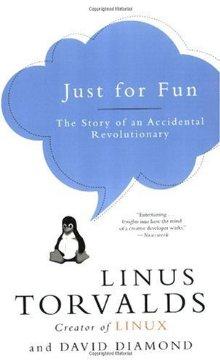Our overnight success (1998).
With Sun Microsystems on board, Linux developments made their way from Internet discussions to the trade press. Outsiders were suddenly interested, but mostly technical outsiders. Then came IBM. By July, Informix announced that it would port its databases to Linux. Within weeks, from out of nowhere, Oracle followed suit.
Technical people, who had long known about Linux were being approached by their companies’ leaders who had been seeing articles about Linux in the trade press, or hearing about it. They would ask their technical folks what the fuss was all about. Then, once they learned the benefits, they would make the decision to have their servers run Linux.
It was rarely a decision based on the non-cost of Linux, because the software itself actually represents a small part of such an investment. The service and support are much more costly. What tended to sway the suits were the simple technical arguments: Linux was stronger than the competition, which consisted of Windows NT and the various flavors of Unix. And, importantly, people just hate having to do things the way Microsoft or anybody else says they have to do them. You can do things with Linux that you can’t do with the competition. The original people who used Linux did so because they could get access to sources in ways they couldn’t with commercial software.

